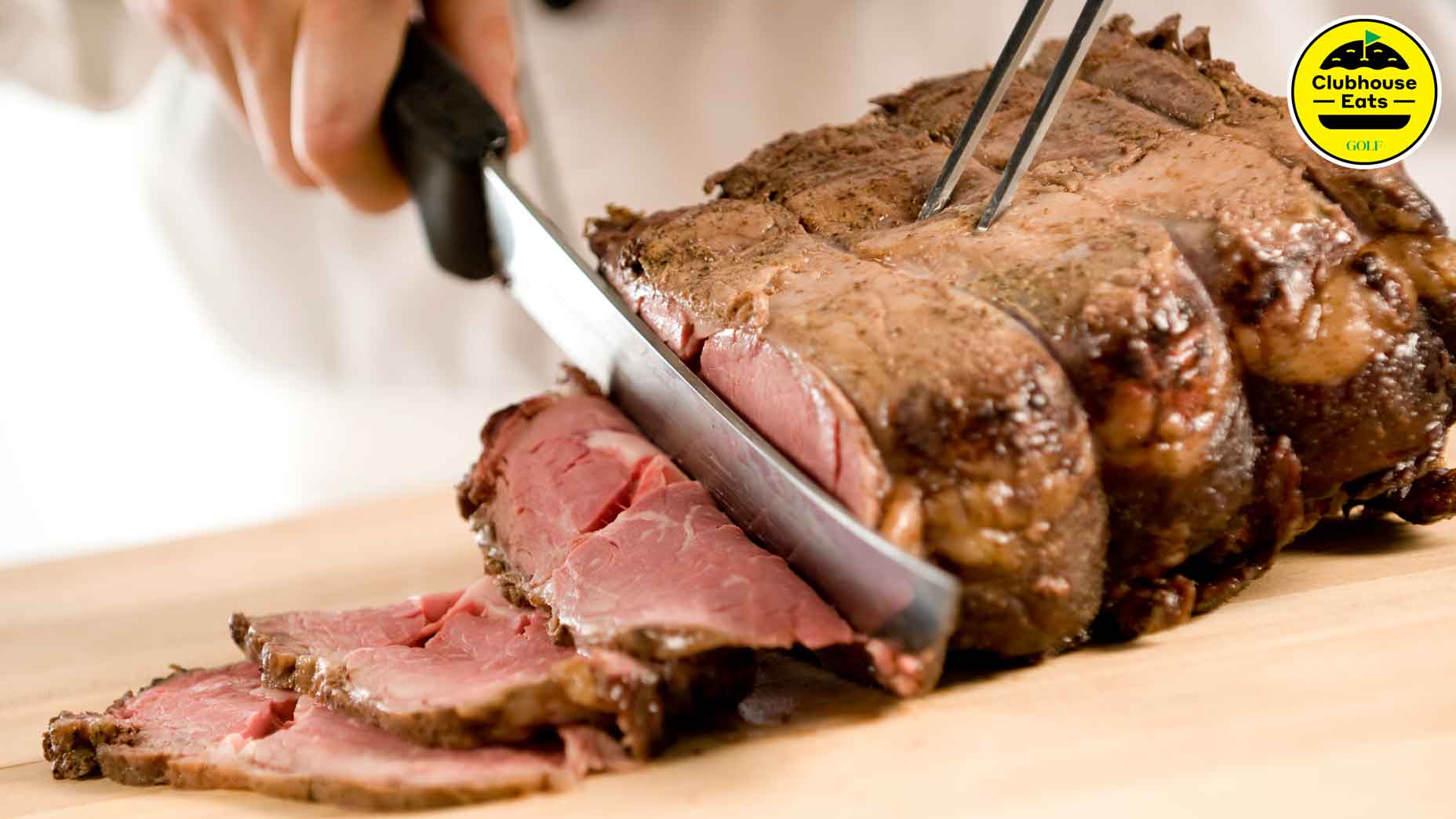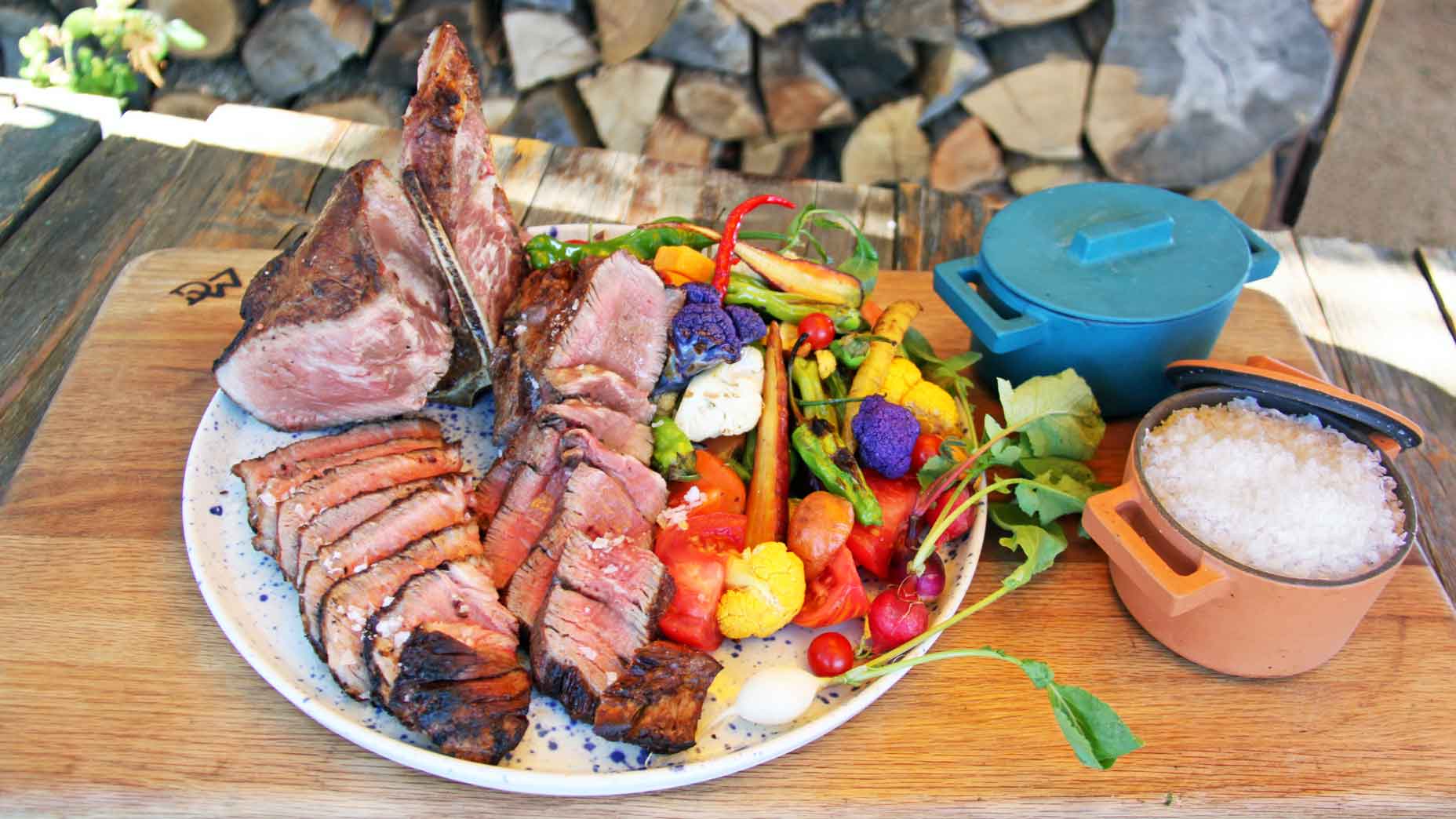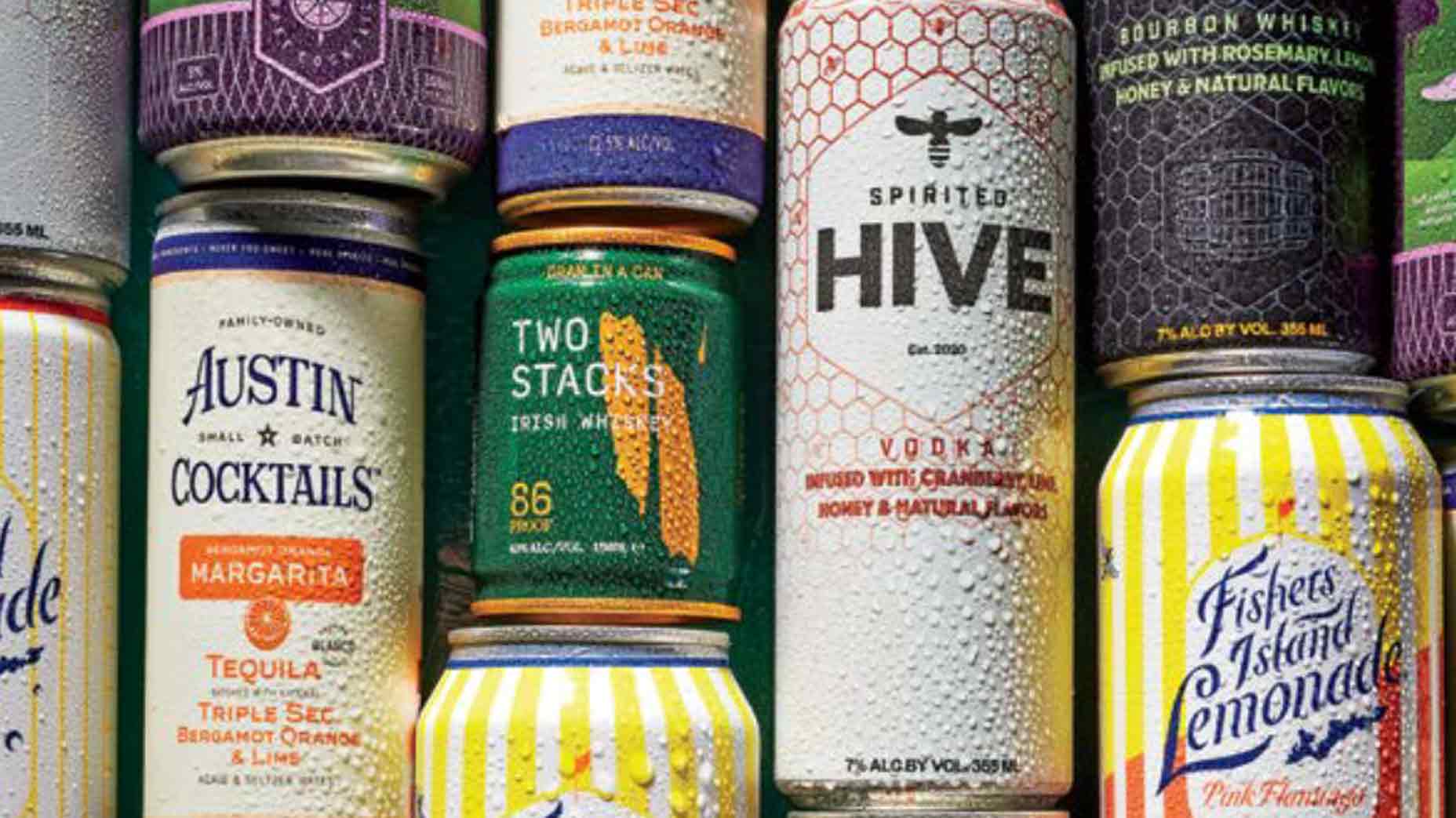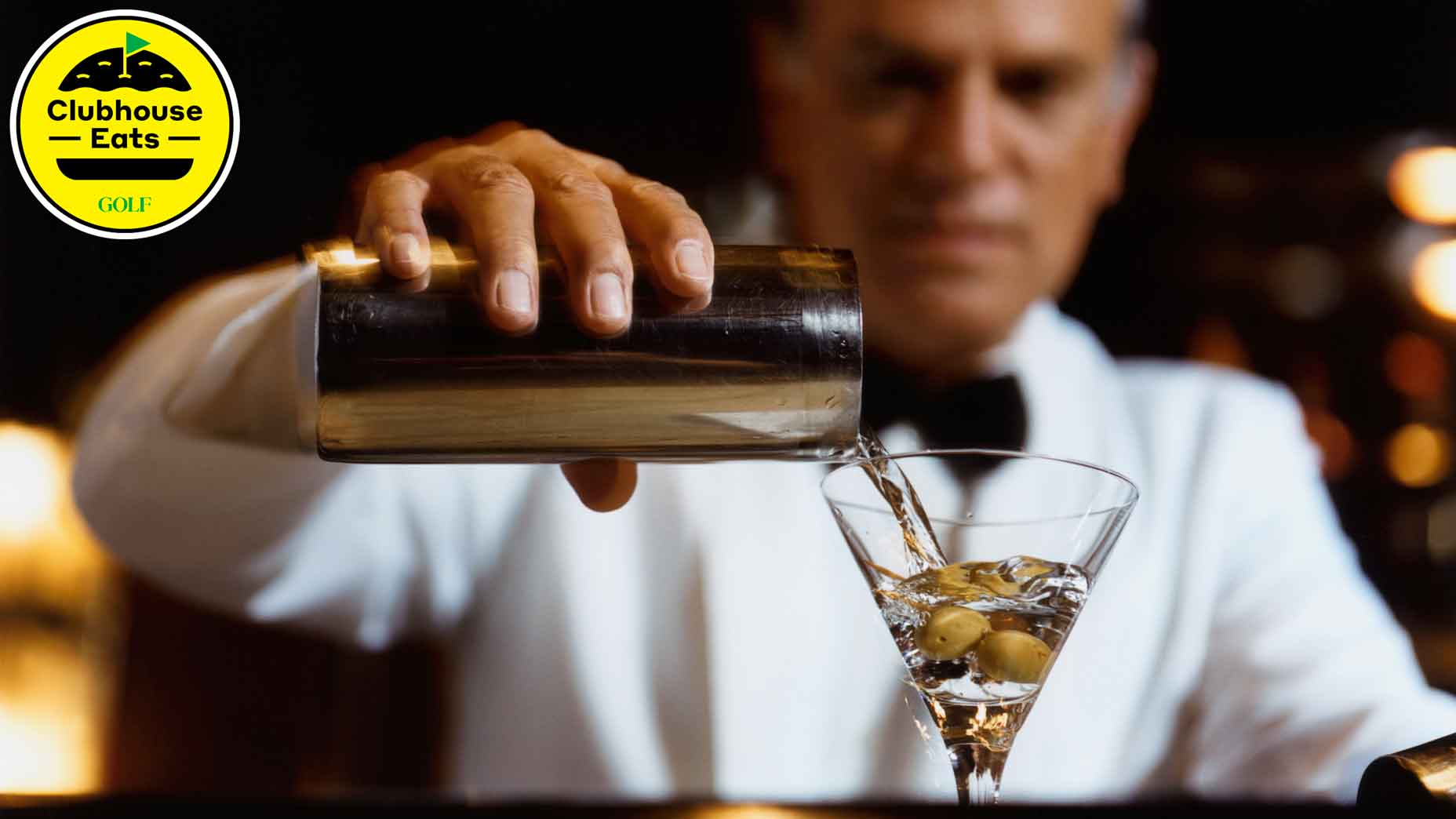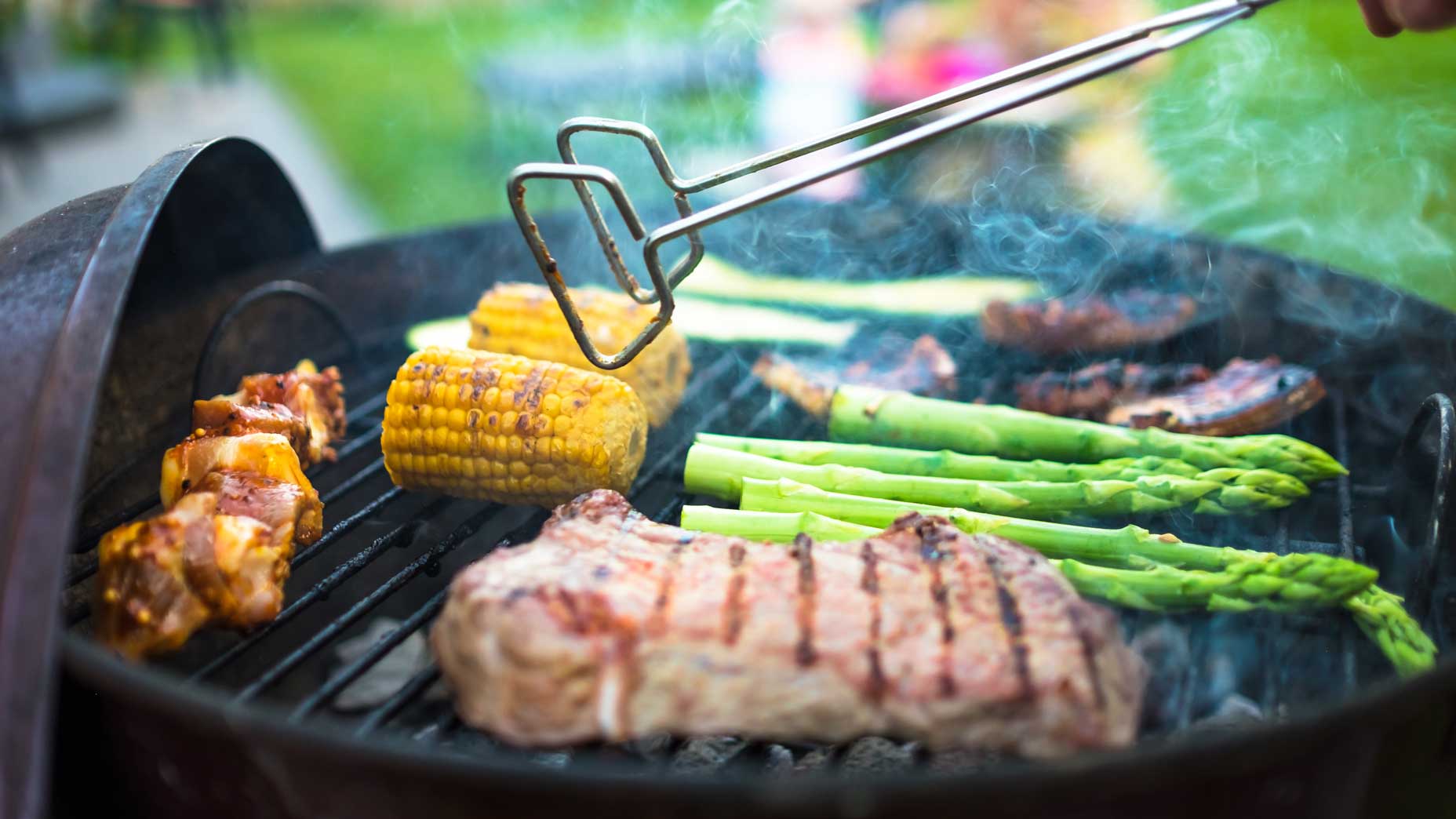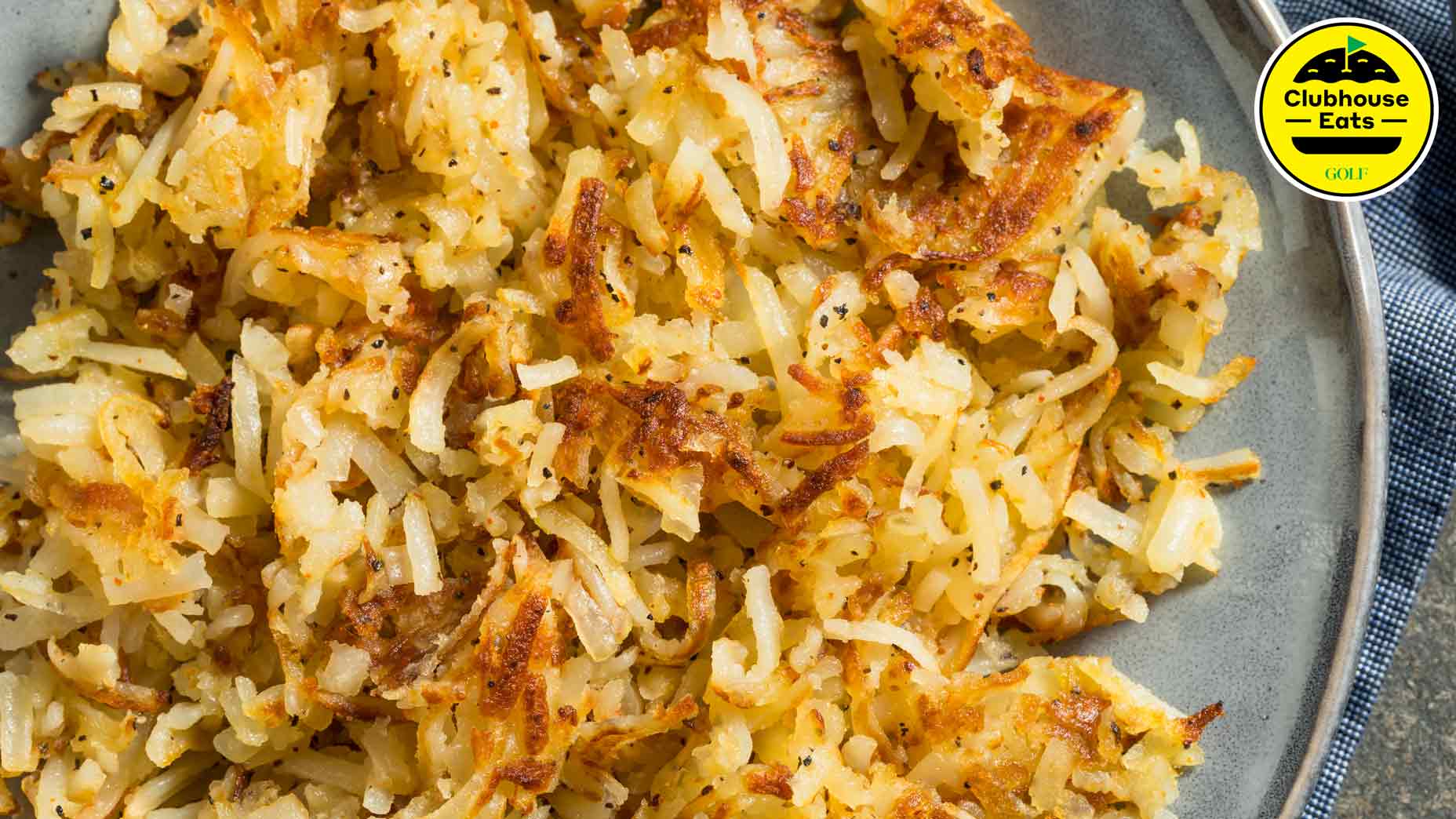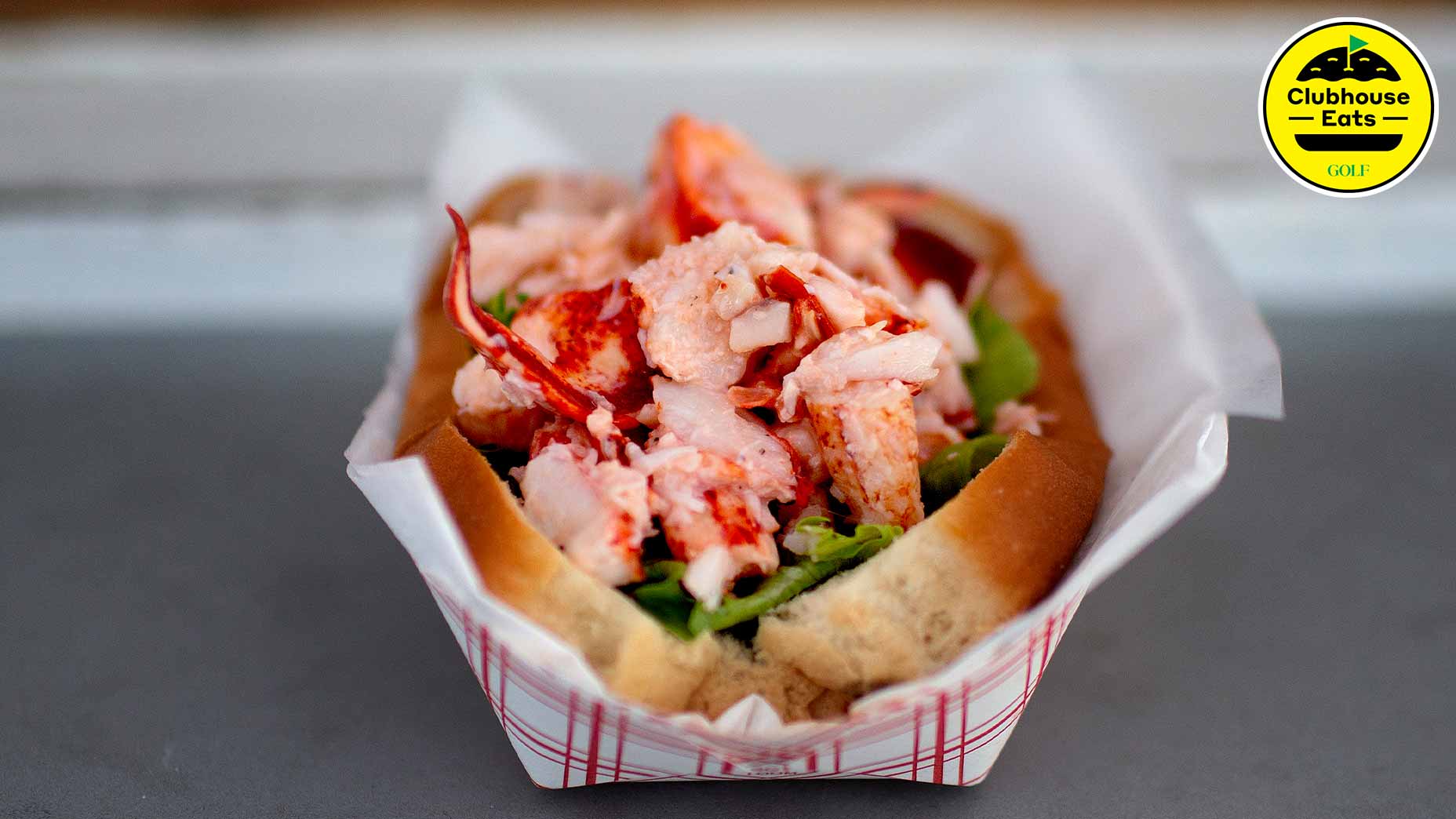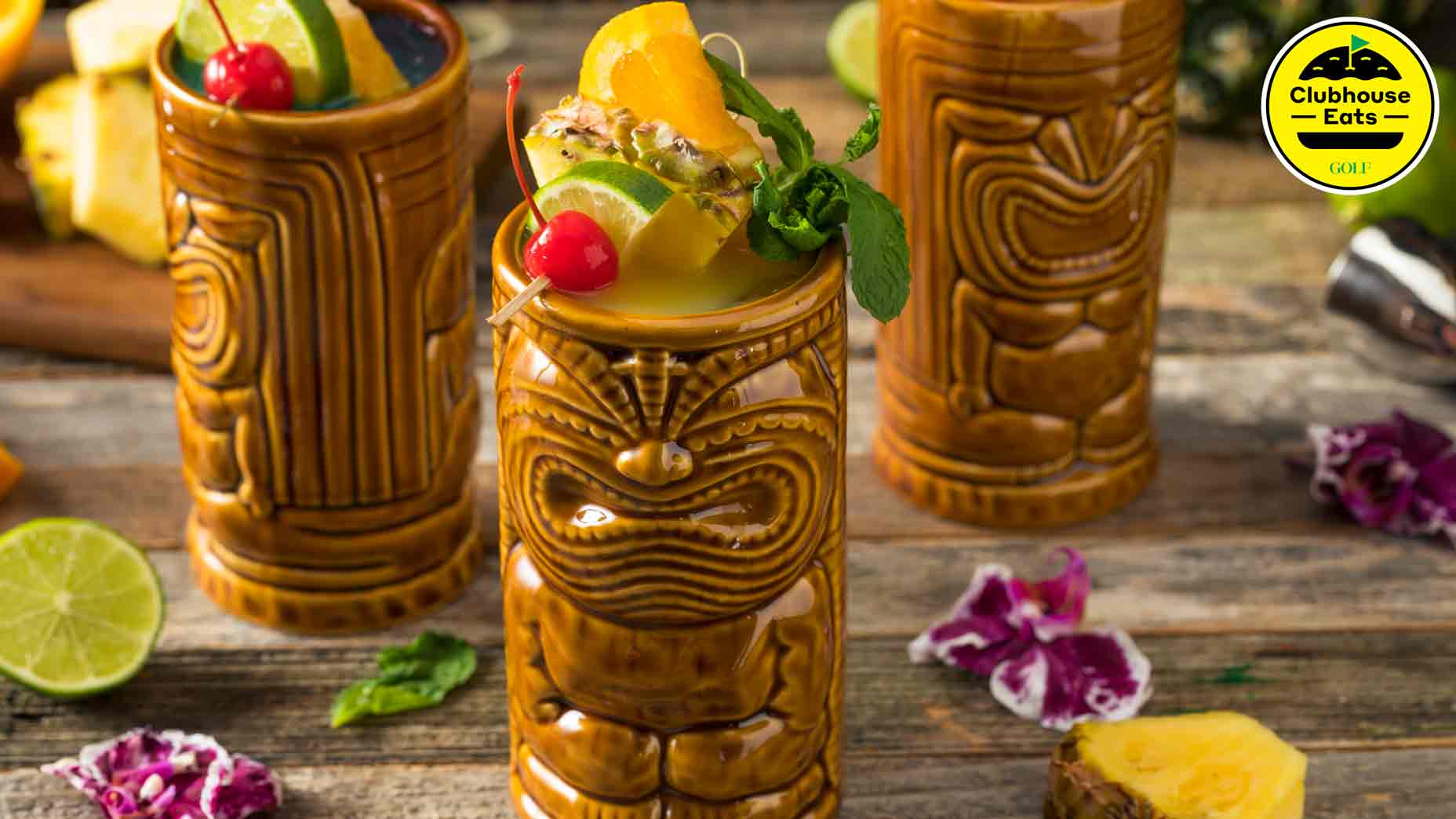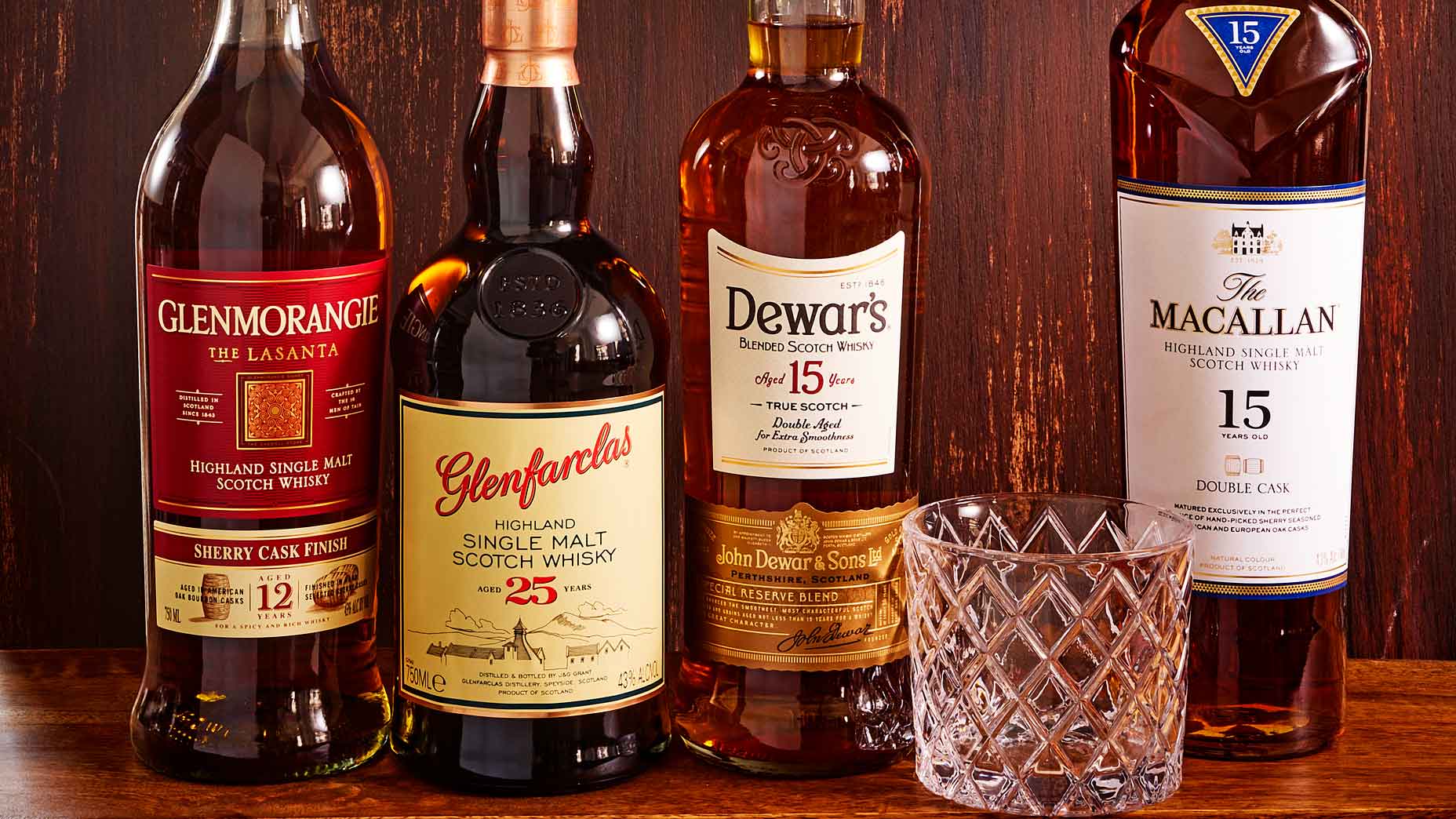Welcome to Clubhouse Eats, where we celebrate the game’s most delectable food and drink. Hope you brought your appetites.
***
Some tips for enjoying the festive season:
Avoid crowded malls. Steer clear of crazy in-laws.
And come up with a great way to make prime rib.
James Syhabout is the golf-mad chef and owner of Commis, a two-Michelin star restaurant in Oakland, Calif.
Here is his 5-point guide to doing the holiday favorite right.
1. Go with bone-in
You could always buy boneless, but, Syhabout says, a bone-in cut yields juicier, more flavorful meat. It also produces more drippings, and there’s no such thing as having too much of that. While you’ll want to go with high-quality meat, don’t bother spending extra on designer beef like Wagyu, Syhabout says, as the expensive, richly marbled beef will wind up cooking down into a fatty mess.
2. Use a wet rub, not a marinade
With a large cut like prime rib, Syhabout says, marinades don’t penetrate deeply enough to make it worth the time and effort. He recommends a wet rub instead. Syhabout makes his with olive oil, dijon mustard, garlic, black pepper, thyme and, lastly, anchovies, which lend a pleasing undercurrent of umami. Rub the mixture generously over the entire cut, set it aside in the fridge overnight and you’re good to start cooking the next day.
Clubhouse Eats: How to make the perfect steak, according to a private golf club’s chefBy: Josh Sens
3. Cook it medium to medium-rare
No one wants dry, over-cooked prime rib, but Syhabout isn’t big on rare prime rib either. “It’s too chewy,” he says, “because the collagen in the meat hasn’t broken down.” Prime rib in the medium rare to medium range is more tender. For that, Syhabout says, take the meat out of the fridge and let it come to room temperature, then cook it at 500 degrees for 20 minutes (that will create a nice, caramelized crust) before turning the oven down to 325 degrees. From there, Syhabout’s rule of thumb is about 13 minutes per pound to get an internal temperature of 120-130 degrees. That’s the sweet spot.
4. Slice it thin
Thick rib-eye steaks can be cut from prime rib. But that’s not your goal with this holiday dinner. “A thin cut is more pleasurable,” Syhabout says. “And it gives you more sauce coverage.”
5. Doctor up the drippings
Set the roasting pan on the stovetop, with all its drippings, add a bit of beef stock and bring to a simmer. You might consider adding mustard for a bit of bite; cornstarch or tapioca flour for thickening; and a slab or two of butter to create a nice sheen. Your prime rib dinner is now ready. Serve with classic sides, such as horseradish, potatoes, and Yorkshire pudding.
